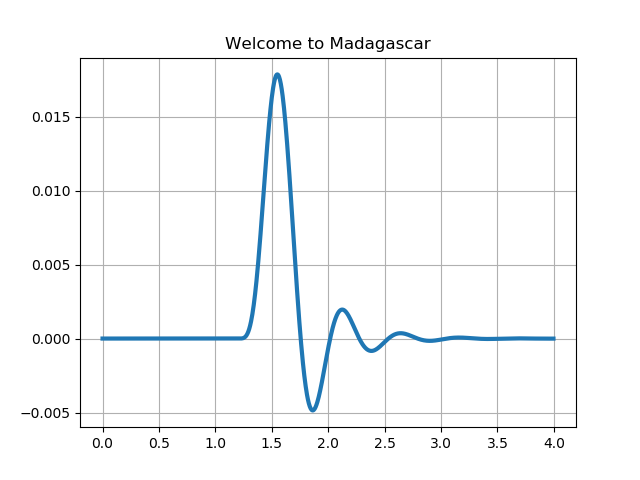A new paper is added to the collection of reproducible documents: Damped multichannel singular spectrum analysis for 3D random noise attenuation


Multichannel singular spectrum analysis (MSSA) is an effective algorithm for random noise attenuation in seismic data, which decomposes the vector space of the Hankel matrix of the noisy signal into a signal subspace and a noise subspace by the truncated singular value decomposition (TSVD). However, this signal subspace actually still contains residual noise. We derived a new formula of low-rank reduction, which is more powerful in distinguishing between signal and noise compared with the traditional TSVD. By introducing a damping factor into the traditional MSSA for damping the singular values, we proposed a new algorithm for random noise attenuation. The proposed modified MSSA is named as the damped MSSA. The denoising performance is controlled by the damping factor and the proposed approach reverts to the traditional MSSA approach when the damping factor is sufficiently large. Application of the damped MSSA algorithm on synthetic and field seismic data demonstrates a superior performance compared with the conventional MSSA algorithm.













